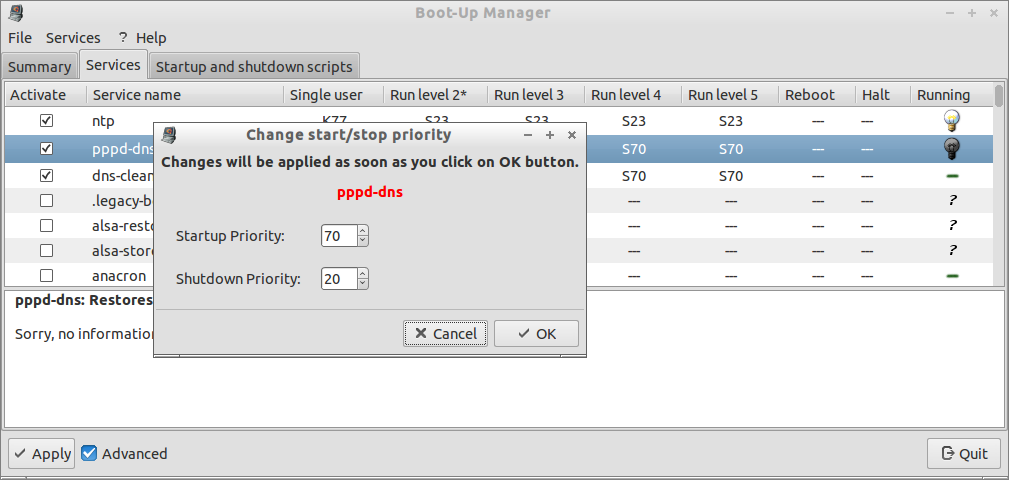

As the course progressed, student perception changed and they were able to perceive more clearly the opportunities that synchronous distance education can provide. It appears, from students' descriptions of the course environment prior to taking the course, that they did not have enough information or had preconceived ideas. It is seen in the conducted interviews that these prejudices start to be eliminated thanks to the opportunities provided by synchronous distance education through this process. It was generally seen in the descriptions students made about the environment before taking synchronous distance education that they did not have advance information or that they had a prejudice due to their misinformation. Findings obtained at the study's conclusion indicate that students' perceptions of the course changed during and at the completion of the course.

Data was analyzed by means of the descriptive analysis method. For the study, the case method, a qualitative research method, was used, and research data was obtained via semi-structured interviews and observation results. The study's subjects consisted of a total of nine students comprised of 2nd and 4th grade students engaged in a course via synchronous distance education. A qualitative research approach was used for the study. The objective of this study is to determine how students who are taking synchronous distance education classes via video conferencing perceive distance learning courses. This chapter briefly reviews some of the emerging requirements of STS design. The success of today’s global information society depends upon designing the architecture of online interaction to support social goals. Societies create value through social synergy, which is lost for example when people steal from others, whether time (spam), money (scams), credibility (lying), reputation (libel) or anything else of value. If online society is essentially a social system, of people interacting with people, social principles rather than the mediating technology should drive its design. If so, socio-technical systems must close the gap between social needs and technical performance, between what communities want and what the technology does.

The requirements of successful social communities, whether mediated by computers or the physical world, may be similar. Yet while the technology is often new, the social principles of people interacting with people may not be. Socio-technical systems use technology to connect people socially, for example through e-mail, electronic markets, social network systems, knowledge exchange systems, blogs, chat rooms, and so forth. An STS adds social requirements to human-computer interaction (HCI) requirements, which already add to technical (hardware and software) requirements. The framework outlines three dimensions of a didactic design: a) simulation of face-to-face teaching, b) remediation of face-to-face teaching and c) innovative transformation of face-to-face teaching.Ī socio-technical system (STS) is a social system built upon a technical base.
SYNKRON HELP GUIDE SERIES
This article introduces a series of new conceptual tools and didactical principles for online learning environment and includes a general design framework for synchronous online learning environments and concrete didactic principles exemplified through a set of design examples. Research and development of didactic principles to guide teachers and developers of education in developing designs for synchronous learning environments is however still in its infancy. Synchronous online learning environments allow the realization of a didactic practice that creates contextual couplings. Det overordnede framework rummer tre dimensioner i et didaktisk design for synkrone læringsmiljøer, der i kort form kan præsenteres som: a) simulering af tilstedeværelsesundervisning, b) remediering af tilstedeværelsesundervisning og c) innovativ transformation af tilstedeværelsesundervisning. I denne artikel introduceres til et overordnet designframework for synkrone onlinelæringsmiljøer samt en række konkrete didaktiske principper, som eksemplificeres med en række designeksempler. Forskning i og udvikling af didaktiske principper, som kan guide uddannelsesudviklere og undervisere i deres arbejde med at udvikle didaktiske designs for synkrone læringsmiljøer, er imidlertid kun i sin spæde vorden. Synkrone online læringsmiljøer muliggør realisering af en didaktisk praksis, der synkront kobler forskellige kontekster.


 0 kommentar(er)
0 kommentar(er)
